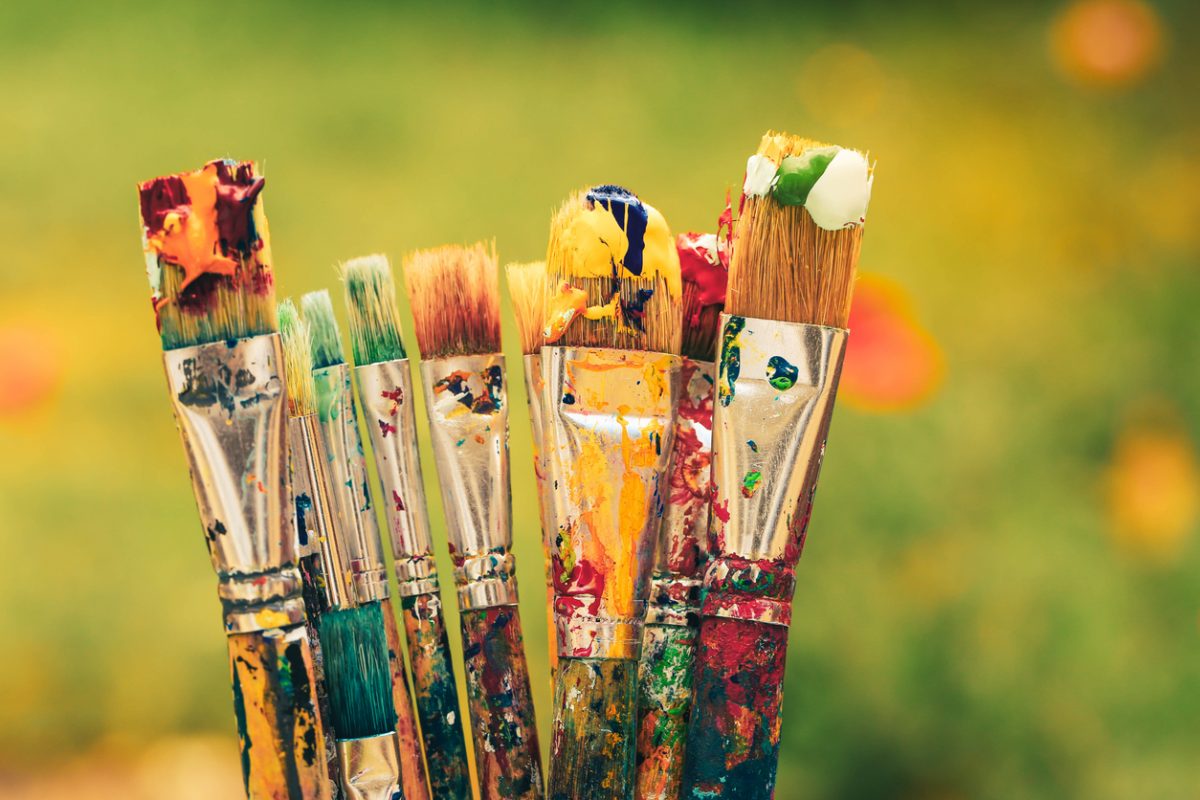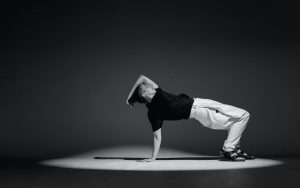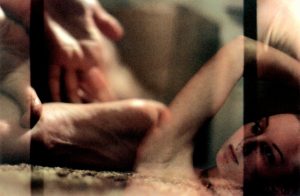Art psychotherapy: Mental health and the erotic
By: Matilda Brown

It was a familiar pattern, but the gut ache was more intense when it happened with a queer therapist. Their judgement came left of field, charging through my assumptions that a queer person would also be sex-positive.
First I’d notice their wince of uncomfortableness at the name of an alternative sexual practice. Then I’d begin to question myself from a place of shame.
At the time, I was as naive as they were well-meaning. I just knew that it hurt, and that their company no longer felt safe. In fact, the experience only perpetuated the cycle of mental ill-health that I had gone to therapy seeking to heal.
The process of finding a suitable therapist was made all the more layered by the somatic residue of my upbringing in family violence.
Having been weighed down by trauma and systemic oppression for so long, I began to see my connection to love, to my body, and to others as not just good for my health and integral to my identity – but also a mission statement of creative, queer joy.
And I found myself longing for mental health services that acknowledged the radical beauty of my poly and kinky expressions.
Image by EoNaYa
In her work, American writer and feminist Audre Lorde suggests that our erotic experiences are central to our empowerment, informing our standards for how we experience life. This was a sentiment I could relate to.
Sensory experiences of pleasure – both intimate and platonic, with myself and with others – supported and sustained me.
It therefore felt crucial to be able to embrace my fullest, most authentic self when accessing therapy, and that these parts of me should no longer detract from the quality of mental health care I received.
To be honest, I still haven’t found my ideal therapist – but I’ve come closer to doing so. Not just through my experiences with other people, but also within myself.
Without realising the synchronicities at the time, I began studying art psychotherapy: the practice of self-enquiry through creative expression, using unique approaches that support mental health and wellbeing. No art skills are necessary.
My degree propelled me into a trauma-informed world. In this world, healing didn’t just happen in my mind, and therapy didn’t have to exclude my body, my creativity, or my sensual identity.
Through gradual inklings, like the clues to a mystery, my sensuality came to find a home within my mental health dialogues.
Colour, texture, movement and sound are some of the languages by which art psychotherapy is guided. It invited me to balance cognitive thinking with fluidity and openness, stretching beyond the patriarchal norms of communication.
As uncomfortable as this was at first, I felt a familiar hum in my veins.
The erotic can be at once boundless and embodied. In the same way, my arts-based self-enquiry became a borderless essence. I surrendered control to it, and in doing so I allowed my deeper self to emerge.
Taking a seat as the creator, I began to bring my whole self into my explorations of mental health: the queer, the creative, the erotic, and so much more.
Now, whenever I do so, I continually uncover poetic guidance through sensual and artistic embodiment.
A typical art psychotherapy session might begin by describing how I feel using coloured, abstract forms. As I find a sweet spot of satisfaction in my creative practice, I might notice how it resembles that of a sensual moment, reminding me to breathe it in with appreciation.
Next I might draw pointed patterns to investigate a stressful sensation, leading me to reflect on how this same feeling arises in particular sexual contexts. In these moments I often feel a pinch of vulnerability, but I remember that my creative-erotic is safe in this sex-positive space.
I draw my emerging rollercoaster of emotional responses not knowing the right words to describe them, but nevertheless experiencing catharsis through the jagged lines across the page. The imperfect drags of dark pastel represent the release of my shame, and I’m supported in loosening my grip on a distress that impedes my queer joy and human expansion.
While each session looks different, tending to the language of the body is central. As such, creativity and sensuality are supportive pathways towards the medicine that is safe embodiment.
Art psychotherapy offers us the opportunity to amplify the voices of our bodies – the vessels through which we experience our queerness and our erotic. It allows us to embrace the flamboyance of our queer ancestors with creative justness, harvesting the fruits of intergenerational healing within our expressions.
By going beyond the current norms of self-reflection, these physical aspects that were long left out of my mental health care have now gifted me with a deeper understanding and celebration of my wellness.
The process of artistic self-investigation has also changed my expectations of queer social justice.
Pleasure activist Adrienne Maree Brown underlines how prioritising our erotic aliveness is both a reclamation of justice and a force that fuels our ability to action change – a notion that takes its own form in mind-body healing through art psychotherapy.
Through my experiences of art psychotherapy, I’ve begun to ponder how our healing as a community might look if we were to tend to our wounds with medicines that fully embraced the characteristics of our queerness.
During group art psychotherapy, we are not simply solitary with only art materials for company; we are in dialogue with our emotions and each other.
We are brought together in activity, journeying into the realm of the non-verbal, the creative, and the fluid with other self-enquiring queers. Together, responding to prompts that evoke connection between our mental, emotional and somatic experiences, we can bring a holistic lens to our personal and intergenerational health.
In this space we share our vulnerabilities to a (Zoom) room of affirming nods, with coloured implements in hand. We offer each other tender gestures of awareness, and find others who relate to our experiences of living an expansively queer life.
Art psychotherapy invites us all to bond over the liberation that can be found in practicing arts-based mental health care in our community.
By living and loving radically, we can cultivate an environment of sex-positive mirrors to support us in recognising our whole selves in our journeys towards improving our mental health.
Sex-positive psychotherapist and author Esther Perel speaks of the erotic as a life force which is the opposite of death. By embracing the practice of arts-based mental health care, we have more opportunity to thrive.
We can continue to develop our perceptions and expectations of the care we receive, and we can expand our queer joy through creative embodiment.
Art psychotherapy provides us with this space for supporting our whole selves, and our communities, as our understanding of our mental health needs continues to evolve.
Matilda (they/she) is a sex-positive art psychotherapist with a background in writing, group facilitation & creative direction. Psyche Aesthetic is the first project combining these through offering services and soon products to the community. They connect, practice and play on unceded Wurundjeri country surrounded by house plants and books of the occult realms.














Like to learn more